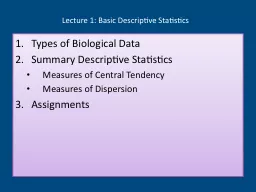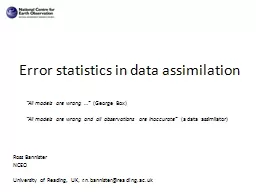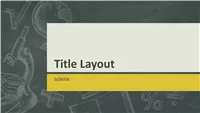PPT-Statistics Training
Author : mitsue-stanley | Published Date : 2015-11-18
Canadian Curling Association V20131 Stats Objectives Make the game more interesting and fun for fans and players Information for the media primarily television
Presentation Embed Code
Download Presentation
Download Presentation The PPT/PDF document "Statistics Training" is the property of its rightful owner. Permission is granted to download and print the materials on this website for personal, non-commercial use only, and to display it on your personal computer provided you do not modify the materials and that you retain all copyright notices contained in the materials. By downloading content from our website, you accept the terms of this agreement.
Statistics Training: Transcript
Download Rules Of Document
"Statistics Training"The content belongs to its owner. You may download and print it for personal use, without modification, and keep all copyright notices. By downloading, you agree to these terms.
Related Documents














